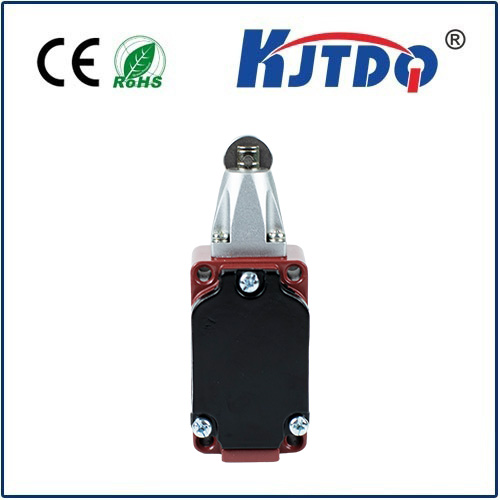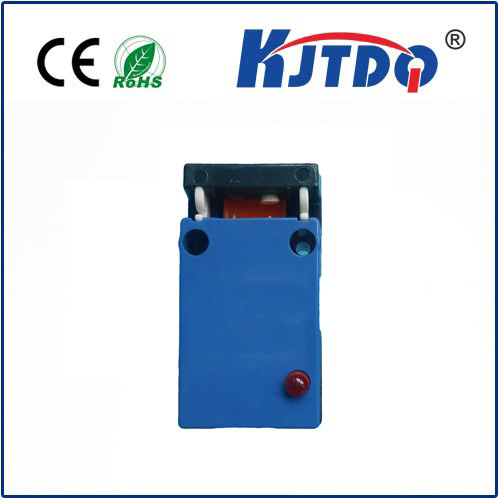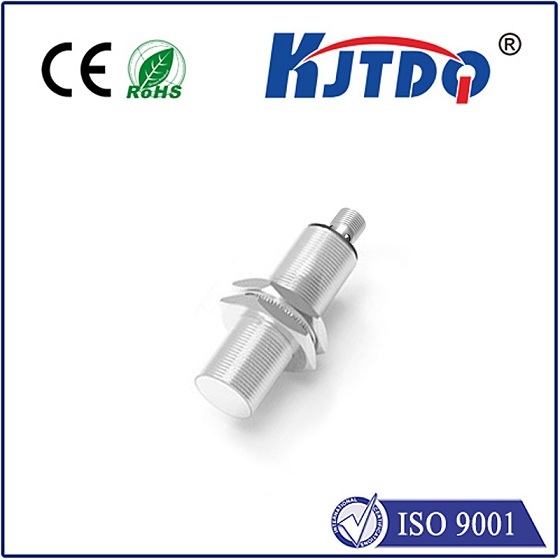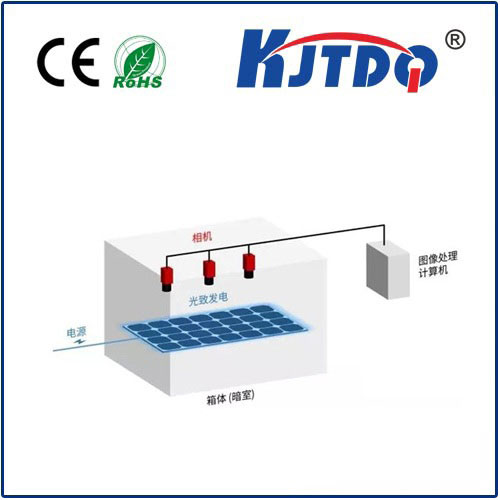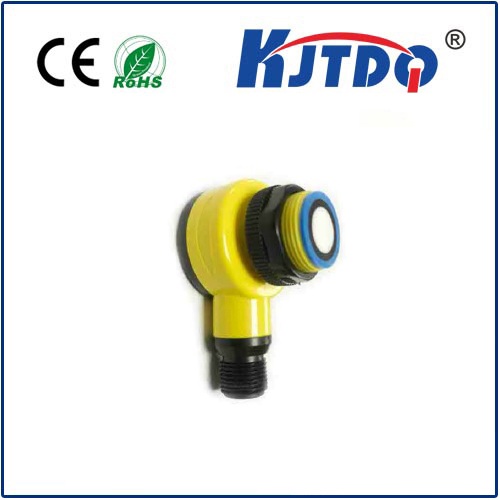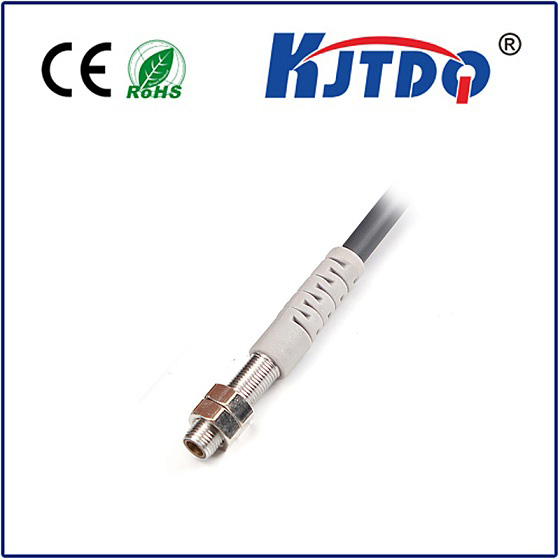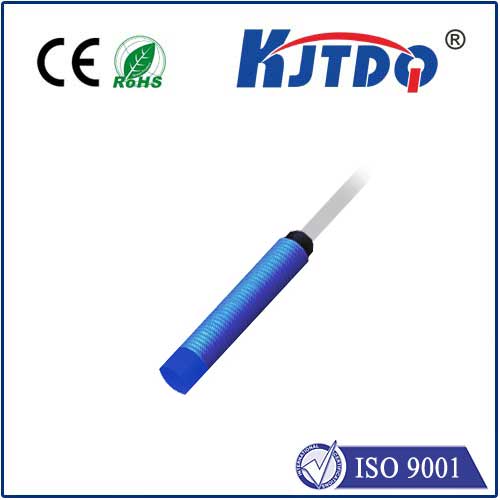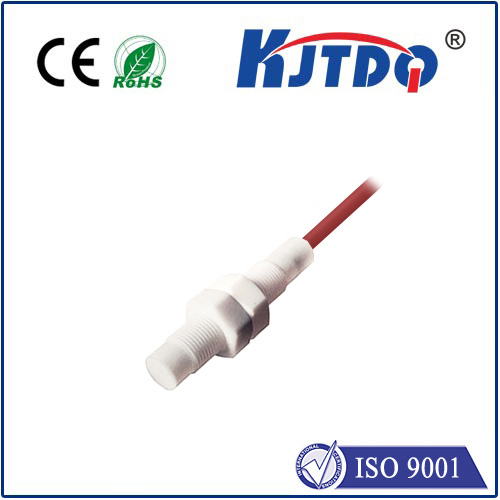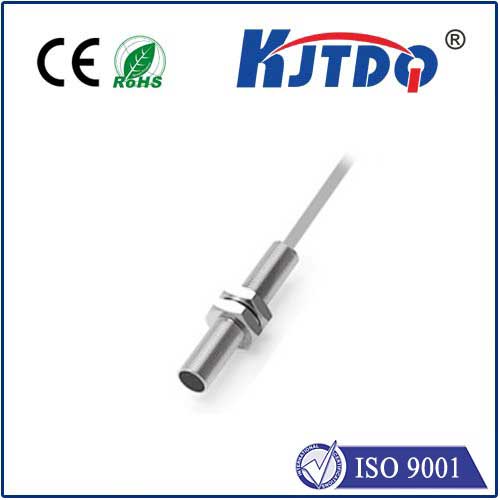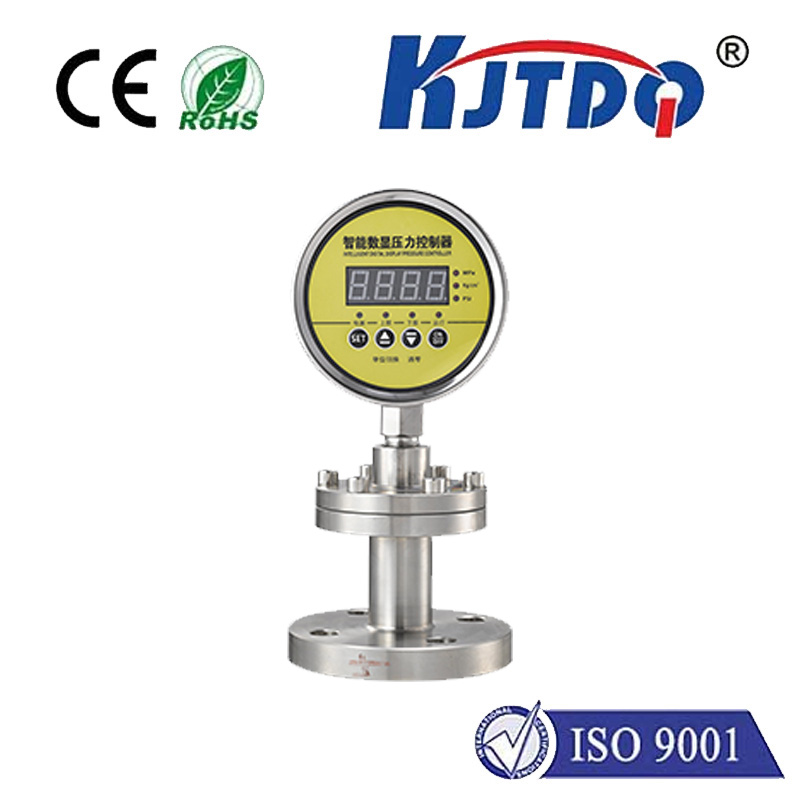
check

check

check

check
Title: The Importance of Safety Limit Switches in Industrial Automation
In industrial automation, safety is of utmost importance. One critical component that ensures safety is the safety limit switch. This device acts as a failsafe mechanism that prevents equipment from operating beyond safe parameters. In this article, we will discuss the significance of safety limit switches in industrial automation and their role in ensuring worker safety.
1. What are Safety Limit Switches?
A safety limit switch is a manual or automatic device used to control the movement of a machine or system. It detects the position of an object and sends a signal to the control system, indicating whether the object has reached its set limits. If the object has exceeded its safe boundaries, the switch activates an alarm or stops the machine to prevent damage or injury.
2. The Role of Safety Limit Switches in Industrial Automation
Safety limit switches play a crucial role in ensuring the safety of workers and preventing accidents in industrial automation. Here are some key ways they contribute to safety:
a) Preventing Over-loading: Safety limit switches help prevent machines from being overloaded by monitoring the load on their motors or other components. When the load reaches its safe limits, the switch triggers an alert, preventing further damage to the equipment or operator injuries.
b) Ensuring Correct Operation: By monitoring the position of objects within a machine or system, safety limit switches ensure correct operation and prevent unexpected movements that can lead to accidents. For example, in conveyor systems, these switches prevent objects from moving out of their designated paths or getting stuck in jams.
c) Maintaining Consistent Performance: Safety limit switches help maintain consistent performance by ensuring that machines operate within specified parameters. This helps prevent fluctuations in output, which can lead to quality issues or downtime if left unchecked.
d) Minimizing Downtime: When safety limit switches detect an unsafe condition, they can quickly stop the machine's operation, reducing downtime and preventing costly repairs or replacements. This is particularly important in industries where timely production is essential, such as manufacturing or food processing.
3. Types of Safety Limit Switches
There are several types of safety limit switches available, each with its unique features and applications:
a) Manual Limit Switches: These are simple devices that require manual intervention to activate/deactivate. They are commonly used for small-scale applications where human interaction is necessary for safety control.
b) Motor Stop Limit Switches (MSL): MSLs are designed to protect motor starters and relays from excessive current surges when a motor stalls due to over-current or overload. They work by interrupting the power supply to the motor when it reaches its safe limits.
c) Proximity Limit Switches: These switches use ultrasonic or infrared sensors to detect the presence of an object near a moving part of a machine. When an object enters the restricted area, the switch trips and activates an alarm or stops the machine.
d) Pressure Limit Switches: These switches monitor pressure levels within a system and trigger an alarm if the pressure exceeds safe thresholds. They are commonly used in processes like boilers, air conditioners, and refrigeration systems.
e) Photoelectric Limit Switches: These switches use light detection technology to detect the presence or absence of an object within a defined space. They are highly accurate and can detect small variations in distance or orientation, making them suitable for various applications.
4. Best Practices for Using Safety Limit Switches Effectively
To ensure maximum effectiveness in preventing accidents and maintaining worker safety, it is essential to follow best practices when using safety limit switches:
a) Regular Inspections: Conduct routine inspections of safety limit switches to ensure they are functioning correctly and free from any signs of wear or damage. Replace damaged switches promptly to minimize the risk of accidents.
b) Proper Installation: Ensure that safety limit switches are installed according to manufacturer guidelines and in the correct positions to provide adequate protection for workers and equipment.
c) Clear Signals: Ensure that alarms and warning signals emitted by safety limit switches are easily visible and audible for operators to acknowledge quickly. Use appropriate indicators (e.g., LED lights, audible alarms) to differentiate between different types of alerts.
